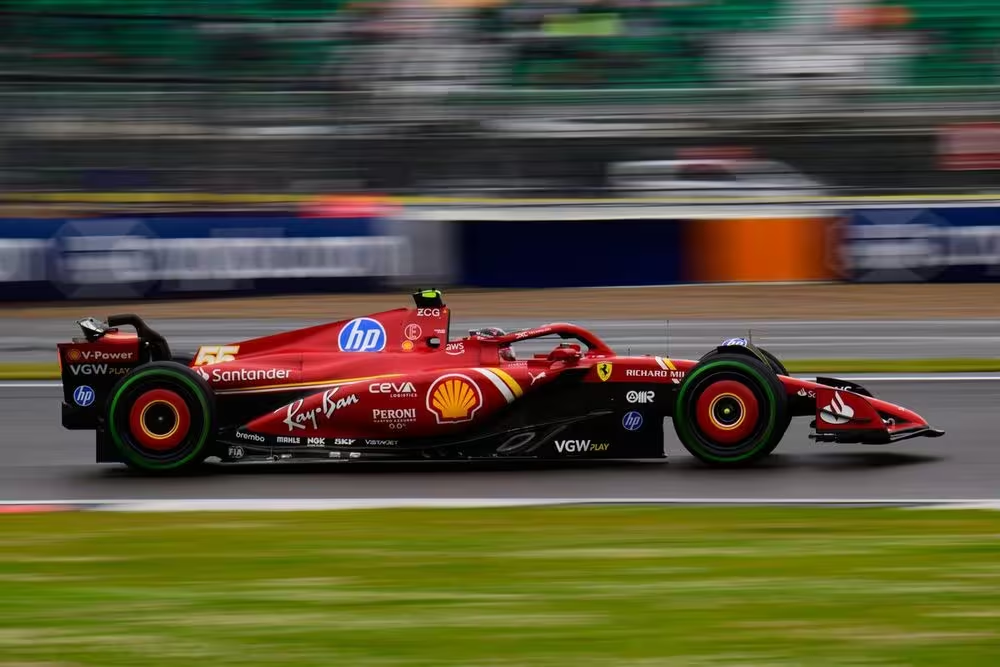If there is one element that characterises Formula 1’s current era, it may well be the unpredictable form curves that fluctuate more than they did before 2022.
We have seen teams make giant performance leaps over the past few winters and throughout seasons, including McLaren, RB and Aston Martin.
But on the flip side, some teams have also been knocked back by upgrades that didn’t deliver or induced secondary issues on the car.
Two of the aforementioned teams, Aston Martin and RB, are among the squads that have seen their progress stunted by recent development setbacks.
Ferrari, which also made impressive race pace gains compared to 2023, has had to take its most recent batch of upgrades off its SF-24 because it induced bouncing in high-speed corners and has reverted to a specification from two months ago.
“We have basically the same car as in Imola and since Imola everyone has upgraded, probably added two tenths to the car and we have had to revert,” said Carlos Sainz. “We have lost two or three months of performance gain in the wind tunnel or performance we could have added in these three months, so clearly we haven’t taken the right calls recently.”
Carlos Sainz, Ferrari SF-24
Photo by: Erik Junius
RB similarly had to take most of its Barcelona upgrades off, including the floor, and took a hit in the form table as a result.
Meanwhile, Aston Martin’s relative lack of progress in recent weeks has also seen it slip down the order, leading to a frustrated Fernando Alonso.
Why are teams struggling with upgrades?
It is no news that these ground-effect dominant cars have been hard beasts to tame. Just ask Mercedes, which has been in the doldrums for two years before finally finding the right answers to make its cars regular challengers rather than “divas” that were unpredictable to drive.
With these cars, increasing performance is not as easy as just whacking aerodynamic load on and pray for the best, hoping downforce will solve most of the handling issues of the car.
More than ever, developing a current car is a game of compromises, with cars that perform well in high-speed corners often paying the price in low-speed corners and vice versa.
Developing a car that is well balanced across various corner types and speed is considered the holy grail, and while a lot of attention has gone to the floor area, the front wing and suspension set-up all play a part in having a car that has a wider operating window.
The low and…
Click Here to Read the Full Original Article at Motorsport.com – Formula 1 – Stories…

